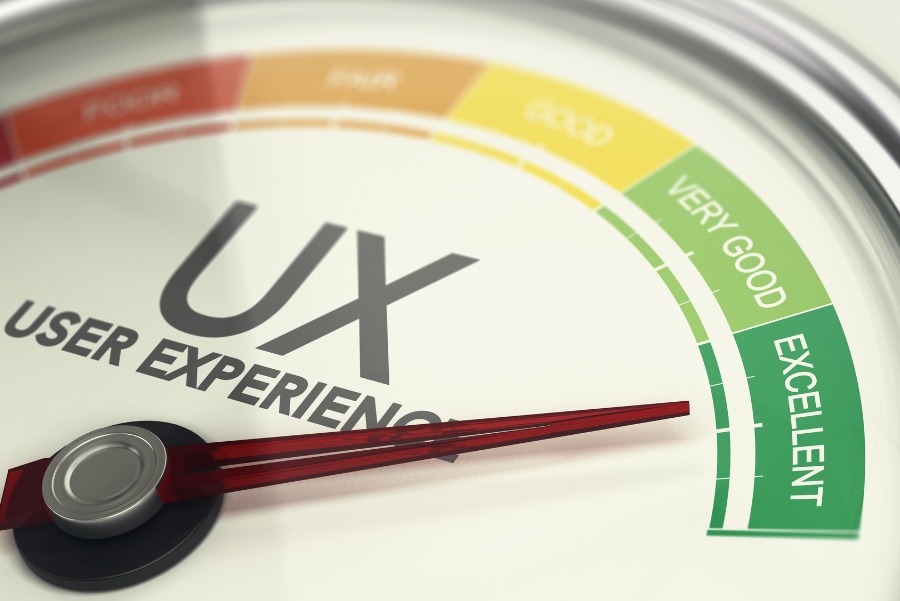Benefits of User Experience (UX) Design in driving business success

The process of designing digital goods or services with a focus on the user’s experience is known as user experience design or UX design. UX designers work to make interactions between users and products simple then seamless so that users can successfully and efficiently accomplish their objectives.
Through research and user testing, this entails comprehending the user’s requirements, behaviors, and preferences. After gathering this data, UX designers use it to produce wireframes, prototypes, and graphic designs that satisfy user requirements and deliver a pleasurable experience.
Creating a product that is simple to use, pleasurable to use, and memorable is the ultimate goal of UX design since it encourages user engagement and loyalty over the long term.
To make the above-mentioned process clearer, let us take a look at the following example from our daily life.
Understanding User Experience Design and its Impact on customer satisfaction
Imagine you are a user who wants to purchase food online through a well-known food delivery app. The user interface of the program is straightforward to use, concise, and clear when you launch it. You can choose your favorite restaurant, cuisine style, and price range right away.
After choosing a restaurant, you are presented with a list of the available meals along with top quality, high-resolution photographs, and thorough explanations. You pick a dish, personalize it to your tastes, and then head to the cashier. The checkout procedure is simple and intuitive, with distinct steps and a progress indicator to show how you’re doing. You receive an estimated delivery time and have real-time delivery tracking available.
When you open the package from the on-time delivery, your food is hot, fresh, and precisely how you had customized it. You give the encounter a perfect five-star rating and are delighted with the whole thing.
Hence, the above is the illustration of the User Experience Design. User experience design includes all facets of a user’s encounter with a product or service, from the moment they first learn about it through the experience they have after making a purchase.
Increasing users’ pleasure and loyalty to the product or service, it entails establishing a seamless, pleasurable, and intuitive experience for them. The story mentioned above demonstrates how a well-designed user experience can result in a favorable result for the user.
Benefits of User Experience Design
● Cost-effective: Businesses can avoid expensive redesigns and revisions later on by investing in user experience design early in the product development process, eventually saving time and money.
● By streamlining and simplifying the process as much as possible, a well-designed user experience can enhance conversion rates, whether it be through higher sales or sign-ups.
● User experience design makes sure that products and services are suited to users’ requirements and expectations, which increases user happiness and encourages positive feedback.
● UX designers produce interfaces and experiences that are simple to use and comprehend, decreasing user annoyance and increasing efficiency. This is done through user research and testing.
● Customer loyalty is boosted when users have a favorable experience with a product or service, making them more likely to stick with it and even tell others about it.
● Having a well-designed and intuitive user experience helps separate a product or service from its rivals in today’s cutthroat market, attracting more clients and boosting market share.
Best Practices: Tips for Incorporating User Experience Design into your business strategy
1.Gather Data– To create an effective user experience, it’s important to understand the needs, goals, and pain points of your target users. Conduct user research, interviews, and surveys to gather valuable insights.
2.Ensure simplicity: The user shouldn’t exert too much cognitive effort to use the design, which should be straightforward and intuitive. A user may become confused or frustrated by extraneous features or complicated design.
3.Consistency: Having a consistent user experience is essential. All pages and screens of the website or application should have the same fonts, colors, and iconography.
4.Communicate with the users in simple language– Communicate with your users in plain, succinct language by using words that are easy to understand. Avoid using jargon or technical terminology that not everyone may understand.
5.Testing is equally essential– User experience design is a repetitive process, therefore test and iterate. Real people should be used to test your design frequently and provide input so that it can be improved.
6.Work together with stakeholders– Include stakeholders in the design process to guarantee that all corporate goals are achieved. Developers, product managers, and other stakeholders who can offer helpful insights should be included in the process.
Hence, user experience design is a key component that drives corporate success in the present scenario. A well-designed user experience can help a firm stand out and draw in more clients in the face of intense market competition.
Numerous advantages of user experience design include cost efficiency, higher conversion rates, client happiness and loyalty, and improved market share.
Businesses can successfully integrate user experience design into their strategy by adhering to best practices such as data collection, assuring simplicity and consistency, communicating clearly, and testing frequently. In general, organizations that want to stay competitive and prosper in the long run should invest in user experience design.





